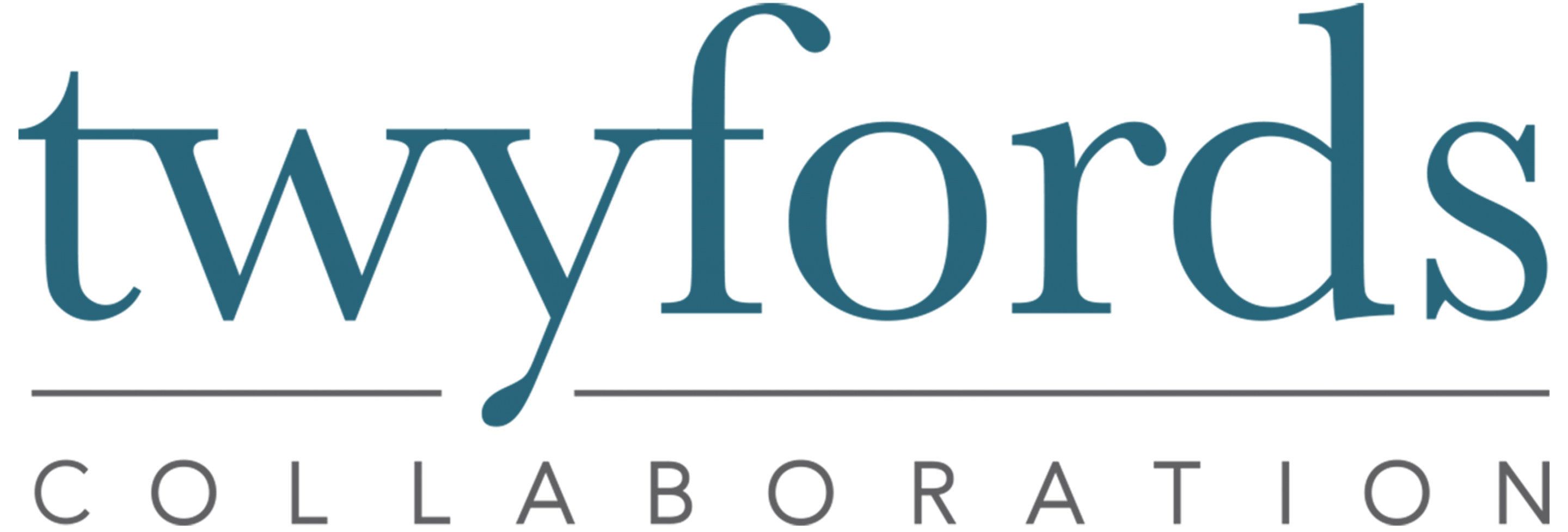Over the years I’ve had a number of experiences that left a lasting impression on me, supercharging my belief in the value of doing ‘with’, not doing ‘to’. One such experience taught me that it really matters whose story is being told and who is telling it.
In this instance I was contacted by a local Council, asking me to facilitate a couple of public meetings to discuss Council’s proposed rate rise. The two meetings had already been scheduled and advertised. They were expecting a pretty negative reaction from ratepayers and were looking for someone to “manage the room”.
It was a pretty constrained and uninspiring brief, but in the few days prior to the first meeting I hatched a plan that, I hoped, might make the process more meaningful and useful to all.
The first public meeting arrived. I did my best to ensure Council made its case clearly and that ratepayers were heard. Council told their story of budget pressures and the need to repair things such as roads and bridges. After everyone had been heard I asked everyone to indicate their level of support for the rate rise, by placing a sticky note on a ‘spectrum’ from very low to very high. As expected, people on the whole didn’t want to pay higher rates. No surprises there.
Then before closing the meeting I called for some volunteers for a working group that would meet the following week with Council to dig deeper into the rates issue. We left the meeting with a dozen or so volunteers, many of whom were quite actively opposed to rate rises.
On the appointed day the group convened at Council and began a day of sharing, listening, questioning and learning. The day included a bus tour around the city to see first-hand the problems with existing infrastructure. The netball courts were unsafe. Rusty guardrails on the mountain road were no longer fit for purpose. The century-old wooden bridges were desperately in need of replacement. Stormwater drains needed work.
Working group members came back from that trip saying things like “I didn’t realise how bad the mountain road is” or “I had no idea it was so expensive to replace a drainage culvert”. At the same timer, Council staff heard stories about hardships among the community and the surprising expenses that small businesses faced.
The next evening we all went back for the second public meeting. This was another large event, open to all community members. This time, members of the working group were invited to share their experience and what they had learned. While much of the detail was the same as Council had already presented, these community members were telling their story. They spoke about their roads and bridges, and their kids who need safe sporting fields.
Was it received differently to Council’s story? Definitely. The final act of the process was to once again ask everyone at the meeting to indicate their level of support for the proposed rate rise on the same spectrum of support. And wouldn’t you know it? This time around, the majority was in favour.
When stakeholders get their fingerprints on a process, when they are extended the respect required to learn together, they are able to write their own story about the dilemma, rather than accept someone else’s. And this story carries a different power.
Whether you are the CEO of a Council, a Health Care organisation providing services to clients, or a manager with a team to work with, inviting your stakeholders to write their own version of the story can be an essential component of success.
